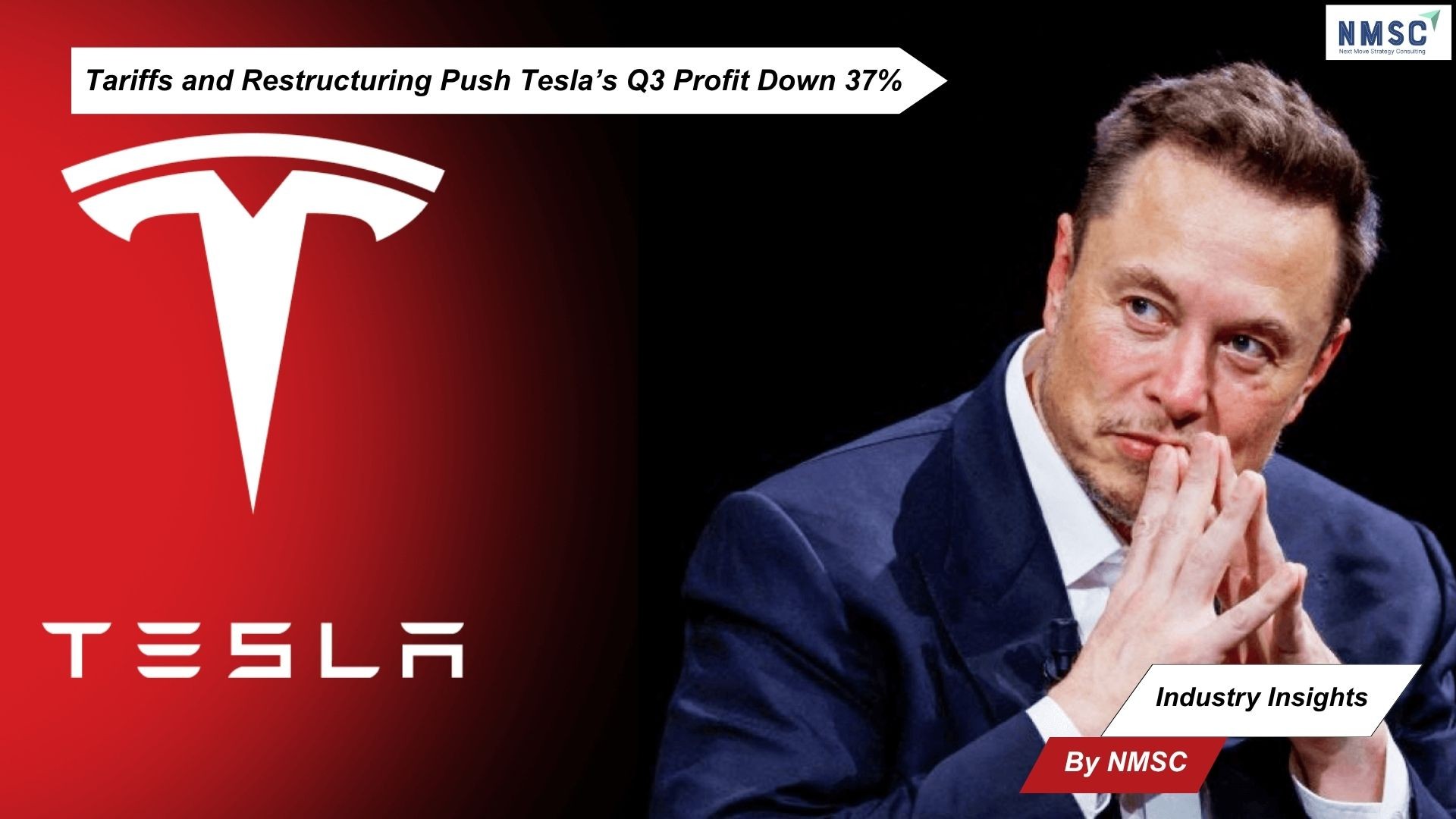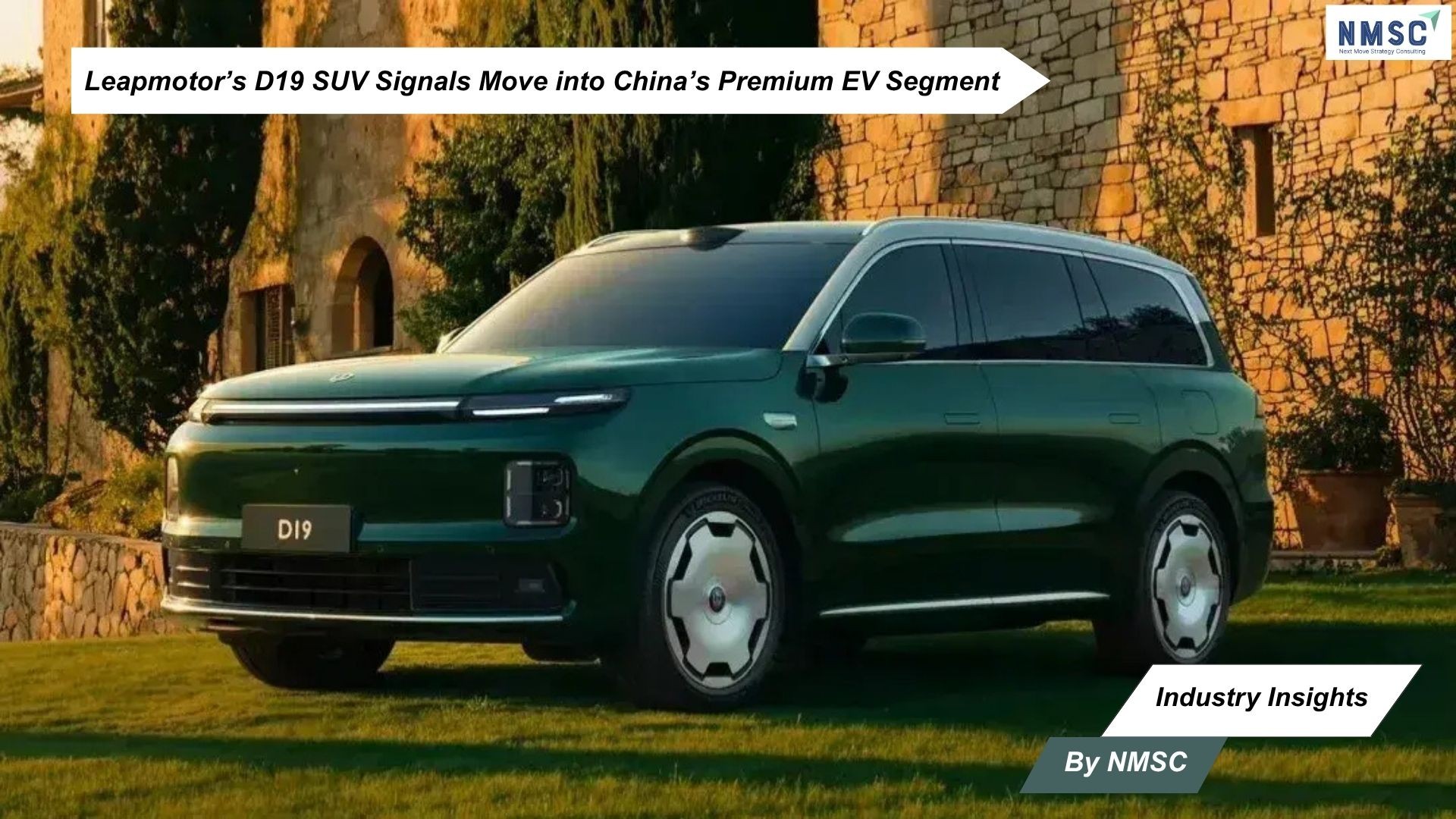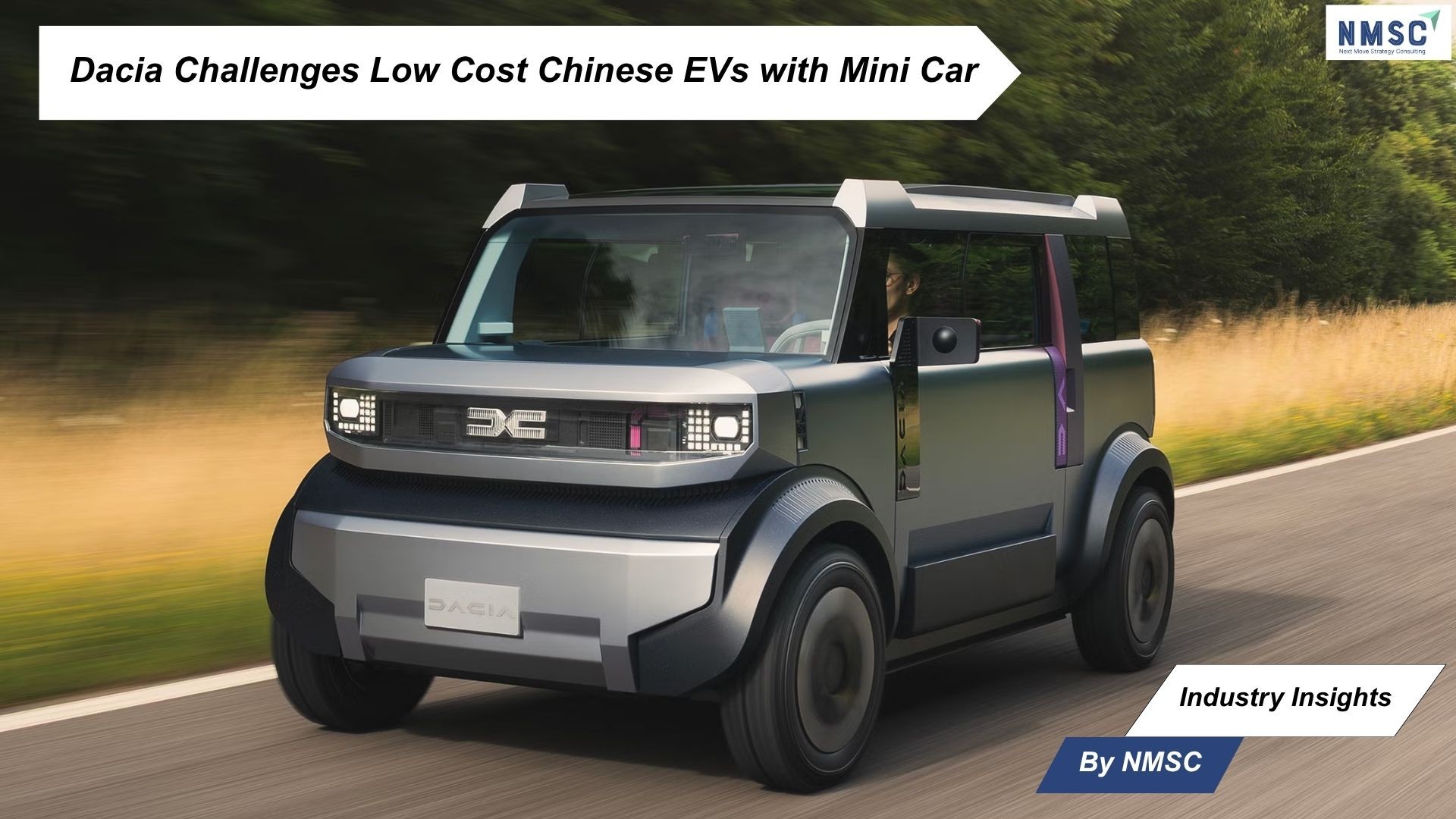Tariffs and Restructuring Push Tesla’s Q3 Profit Down 37%
Published: 2025-10-24

Industry Insights from Next Move Strategy Consulting
Tesla Inc. (NASDAQ: TSLA) reported a steep 37% year-on-year decline in third-quarter net profit on Wednesday, as tariff charges, restructuring costs and heavier research spending eroded gains from higher vehicle sales. The Elon Musk-led automaker posted net earnings of $1.4 billion for the quarter, down from $2.2 billion a year earlier, missing Wall Street expectations.
Sales Support but Costs Bite
Revenue rose 12% to $28.1 billion, helped by an uptick in deliveries as buyers accelerated purchases ahead of the U.S. federal EV tax-credit cutoff on September 30. Despite the revenue increase, operating expenses surged 50% to $3.4 billion — driven largely by elevated research and development investment. Executives also attributed more than $400 million of the quarter’s headwinds to tariff-related expenses, along with higher restructuring charges and a drop in regulatory-credit revenue.
“Tesla faces near-term uncertainty from shifting trade, tariff, and fiscal policy,” the company said in a statement. “However, we are making strategic investments that will deliver incredible value for Tesla and the world across transport, energy, and robotics.”
Product and Strategic Developments
In early October Tesla introduced two new “standard” models at lower price points, a step intended to sustain sales momentum in the near term. Looking further ahead, major banks noted the company’s growth outlook likely depends on a new vehicle launch expected in the first quarter of 2026.
Wedbush’s Dan Ives highlighted Tesla’s advances in autonomous driving, robotics and artificial intelligence as central to the company’s next growth chapter. “The most important chapter in Tesla’s growth story is now beginning with the AI era,” Ives said, forecasting that autonomous technologies could add $1 trillion to Tesla’s market valuation.
Governance, Shareholder Vote and Market Reaction
Tesla’s annual shareholder meeting on November 6 will include a vote on a proposed, record-setting compensation package for Musk that could exceed $1 trillion and potentially raise his ownership stake above 25% if performance milestones are met. During the earnings call, Musk downplayed personal gain, saying, “It’s not like I’m going to go spend the money. I just want to ensure strong influence as we build the robot army.”
Despite recent share rebounds earlier in the year, Tesla stock slipped 3.2% in after-hours trading following the earnings release.
Regional Headwinds and Political Noise
The U.S. tax-credit deadline provided a temporary sales boost, but analysts warned of possible slower demand in the fourth quarter. European and U.S. markets continue to face lingering weakness tied to consumer boycotts and instances of vandalism. Musk — who had reduced his public political profile after leaving Washington in May — reignited controversy this week after a clash with NASA Administrator Sean Duffy; Musk took to X to call Duffy “Sean Dummy” and accused him of trying to “kill NASA.”
Key Figures at a Glance
-
Q3 net earnings: $1.4 billion (down from $2.2 billion a year earlier)
-
Revenue: $28.1 billion, up 12%
-
Operating expenses: $3.4 billion, up 50%
-
Tariff-related costs: more than $400 million
-
Upcoming shareholder vote: November 6 (compensation package that could exceed $1 trillion)
According to Next Move Strategy Consulting
Based solely on the company’s Q3 disclosure and accompanying commentary, Next Move Strategy Consulting sees clear signals that rising trade costs and intensified spending on R&D and restructuring can materially pressure near-term profitability in the EV Market, even when sales grow. The firm notes that Tesla’s ability to regain sustained momentum in the global EV market will likely hinge on two interlinked factors highlighted by analysts: the market reception of the planned vehicle launch in early 2026 and the commercial progression of its AI, autonomy, and robotics initiatives. Together, these elements will be decisive in determining whether the company can translate current investments into renewed long-term growth within the evolving EV market landscape.
Source: MettisGlobal
Prepared By: Next Move Strategy Consulting
About the Author
 Joydeep Dey is a passionate digital explorer driven by creativity, strategy, and learning. He has worked in SEO, content creation, and video editing, combining analytical and creative skills to bring ideas to life. He has explored how AI tools and emerging tech transformed digital storytelling and productivity. Guided by curiosity he believes success lies not just in results but in learning something new every day. He continues to evolve with every project, striving to inspire through innovation and impact. His journey reflects a mindset of progress and purpose.
Joydeep Dey is a passionate digital explorer driven by creativity, strategy, and learning. He has worked in SEO, content creation, and video editing, combining analytical and creative skills to bring ideas to life. He has explored how AI tools and emerging tech transformed digital storytelling and productivity. Guided by curiosity he believes success lies not just in results but in learning something new every day. He continues to evolve with every project, striving to inspire through innovation and impact. His journey reflects a mindset of progress and purpose.
About the Reviewer
 Sanyukta Deb is an accomplished Content Writer and Digital Marketing Strategist with extensive expertise in content strategy, SEO, and audience engagement. She specializes in building strong brand visibility through data-driven campaigns and impactful, value-added researched content. With a passion for creativity and innovation, she blends strategic thinking with design and communication to craft meaningful digital experiences. Over the years, she has contributed cross-functional marketing projects, driving measurable impact and audience engagement.
Sanyukta Deb is an accomplished Content Writer and Digital Marketing Strategist with extensive expertise in content strategy, SEO, and audience engagement. She specializes in building strong brand visibility through data-driven campaigns and impactful, value-added researched content. With a passion for creativity and innovation, she blends strategic thinking with design and communication to craft meaningful digital experiences. Over the years, she has contributed cross-functional marketing projects, driving measurable impact and audience engagement.
















Add Comment